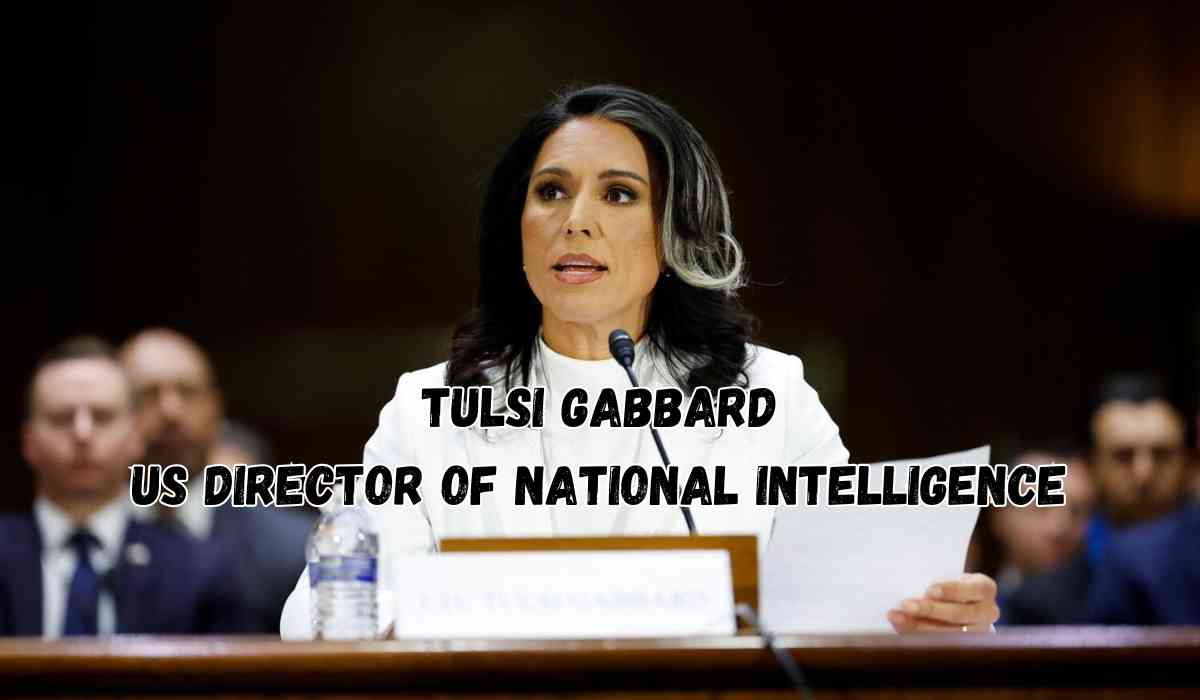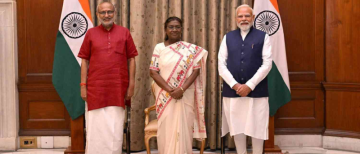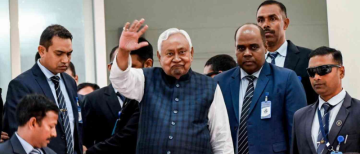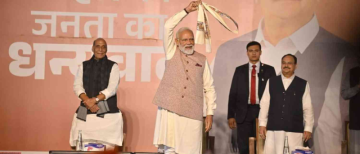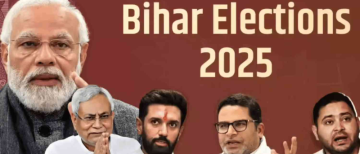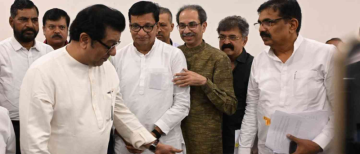Prime Minister Narendra Modi's two-day visit to the United States has set the stage for strengthening bilateral ties between India and the US under President Donald Trump’s second term. One of the highlights of this trip was PM Modi’s meeting with Tulsi Gabbard, the newly appointed US Director of National Intelligence (DNI). This meeting marks the first official engagement between Modi and a senior US official since his arrival in Washington.
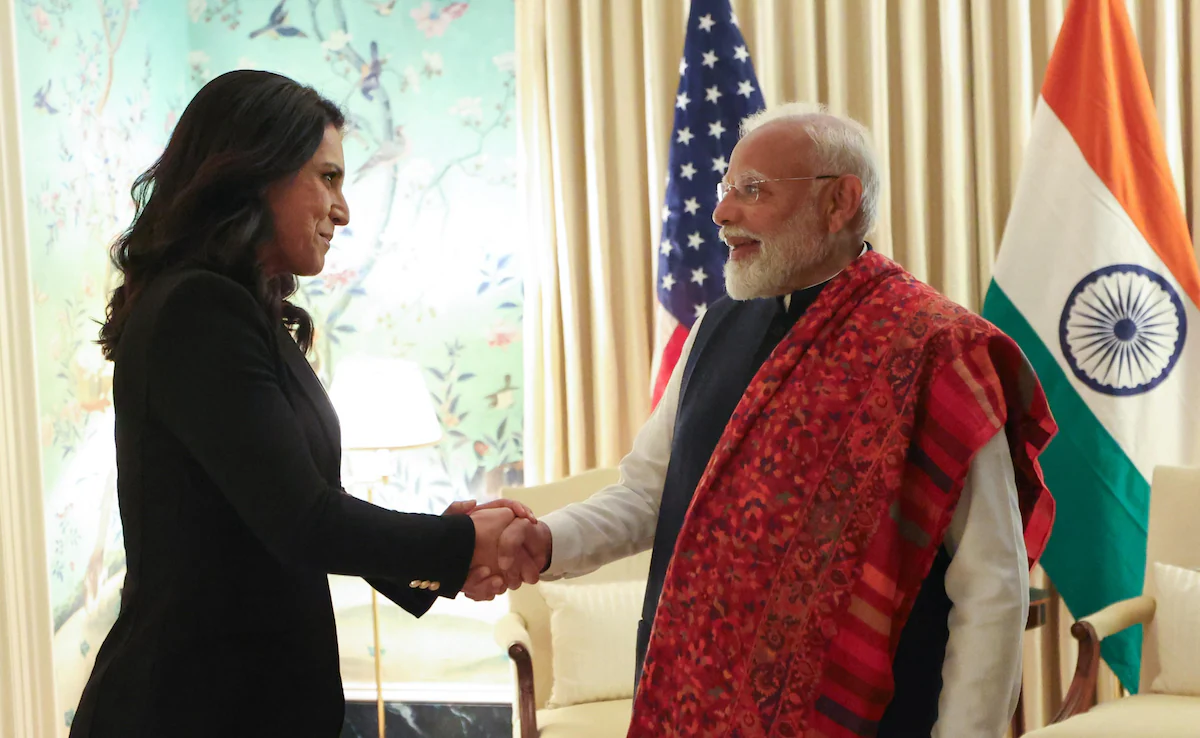
PM Modi-Tulsi Gabbard Meeting: Key Highlights
PM Modi met Tulsi Gabbard shortly after her confirmation as the Director of National Intelligence. He congratulated her on assuming office and emphasized her long-standing support for India-US relations. The meeting, held in Washington, focused on multiple aspects of the bilateral partnership.
In a post on X (formerly Twitter), PM Modi shared a photograph from the meeting, stating:
“Met USA’s Director of National Intelligence, @TulsiGabbard in Washington DC. Congratulated her on her confirmation. Discussed various aspects of the India-USA friendship, of which she’s always been a strong votary.”
According to official sources, their discussions centered around intelligence cooperation, with an emphasis on:
-
Counter-terrorism efforts
-
Cybersecurity collaboration
-
Strategic intelligence sharing
-
Regional and global security challenges
Both leaders reaffirmed their commitment to a secure, stable, and rules-based international order, recognizing the significance of strong India-US ties in today’s geopolitical landscape.
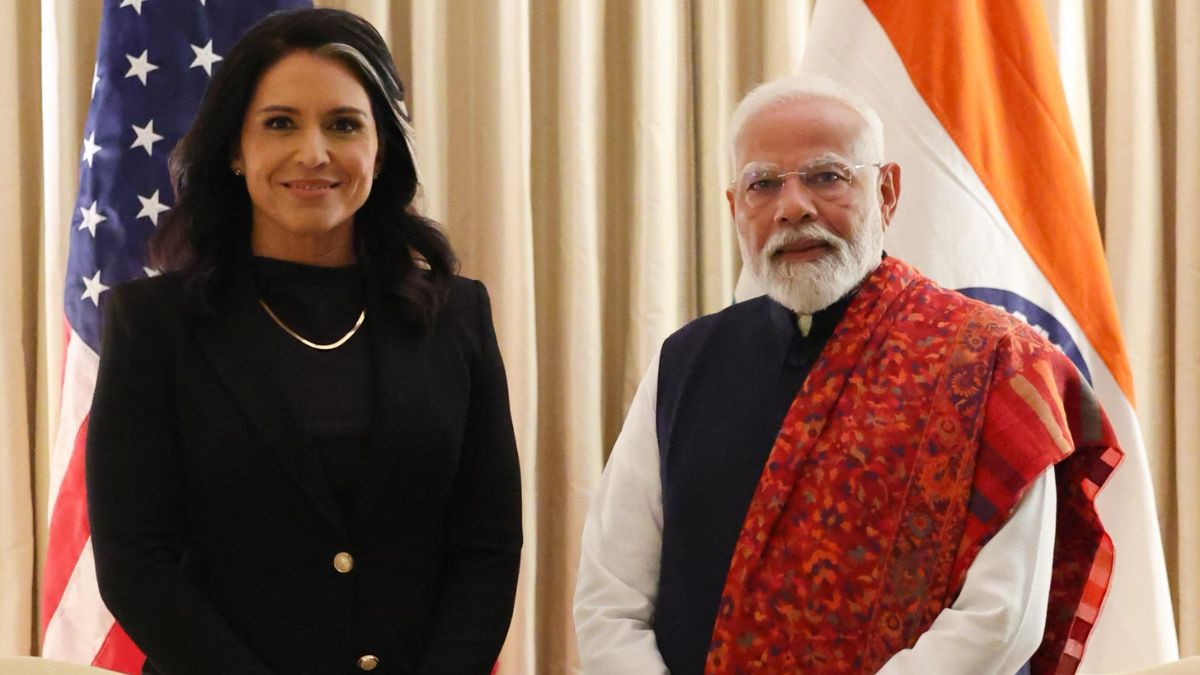
Who is Tulsi Gabbard? Understanding Her India Connection
Tulsi Gabbard, a former US Congresswoman and 2020 presidential candidate, made history as the first Hindu member of the US House of Representatives. However, contrary to popular belief, she is not of Indian origin.
Is Tulsi Gabbard Indian?
Despite her Hindu identity, Tulsi Gabbard does not have Indian ancestry. She was born in American Samoa, a US territory, and spent her early years in Hawaii. Her family briefly lived in the Philippines during her childhood.
Her connection to India stems from her faith and spiritual beliefs rather than her ancestry. Her mother, Carol Porter Gabbard, converted to Hinduism and named her children with Hindu names, including Bhakti, Jai, Aryan, Tulsi, and Vrindavan.
A Devoted Hindu and Advocate for India
Tulsi Gabbard follows Vaishnavism, a sect of Hinduism that reveres Lord Krishna. Her commitment to Hinduism has played a significant role in shaping her political and personal identity:
-
In 2012, she took her congressional oath of office on the Bhagavad Gita.
-
She has consistently voiced her opposition to religious bigotry against Hindus.
-
She has extended Janmashtami greetings on social media.
-
She supported PM Modi’s initiative to establish International Yoga Day.
-
She has spoken about violence against Hindu temples in Bangladesh.
Her stance on international issues, including her comments on the Kashmir conflict and her scepticism about US foreign interventions, has sometimes sparked debate within the American political landscape.
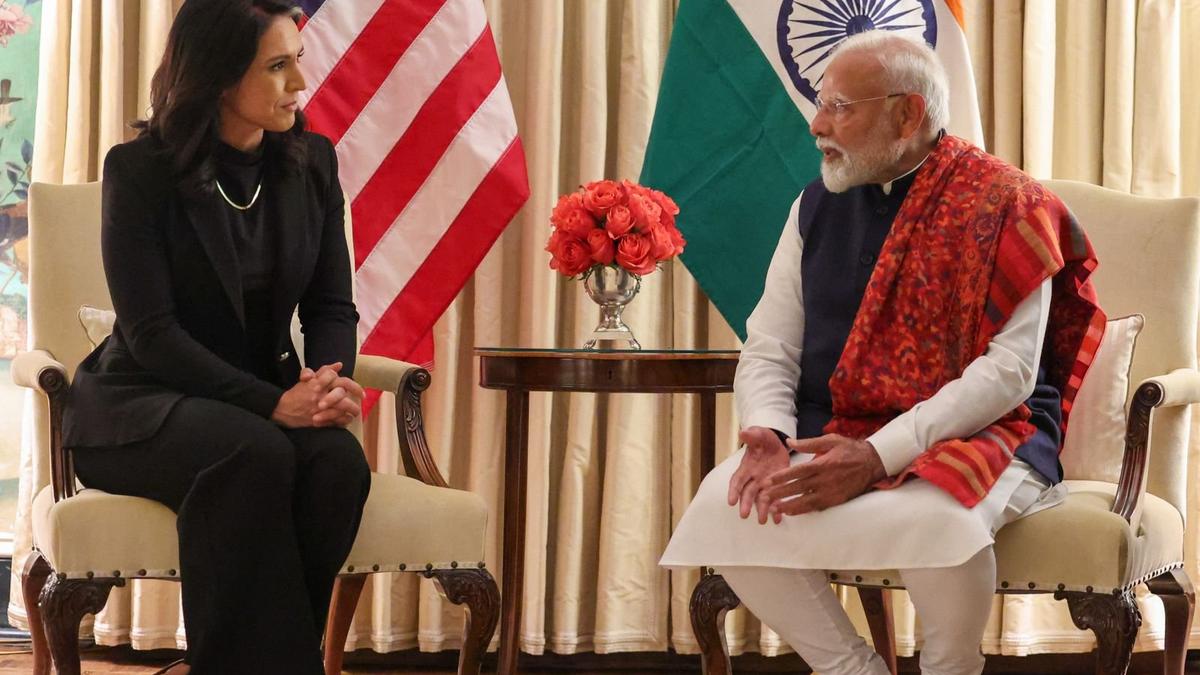
PM Modi’s US Visit
PM Modi’s visit to Washington is significant, as it marks his first trip to the US since Donald Trump began his second term as president. The visit is aimed at deepening the India-US Comprehensive Global Strategic Partnership.
Upon his arrival, PM Modi was greeted by enthusiastic members of the Indian diaspora at Blair House, the official guest residence for visiting dignitaries. The crowd chanted “Bharat Mata Ki Jai” and “Modi Modi”, demonstrating strong support for his leadership.
PM Modi expressed gratitude for the warm welcome, stating:
“A warm reception in the winter chill. Despite the cold weather, the Indian diaspora in Washington DC has welcomed me with a very special welcome. My gratitude to them.”
Focus Areas of India-US Engagement
During his visit, PM Modi is expected to engage in high-level discussions with:
-
President Donald Trump
-
US Cabinet members
-
Industry leaders
His agenda includes:
-
Technology collaboration
-
Trade and investment partnerships
-
Defense cooperation
-
Energy security initiatives
-
Strengthening supply chain resilience
PM Modi’s Message on India-US Relations
Before departing for Washington, PM Modi emphasized the importance of building upon the successes of his past engagement with the US.
“Although this will be our first meeting following Trump’s historic electoral victory and inauguration in January, I have a very warm recollection of working together in his first term in building a Comprehensive Global Strategic Partnership between India and the US.”
“This visit will be an opportunity to develop an agenda to further elevate and deepen our partnership, including in areas like technology, trade, defense, energy, and supply chain resilience.”
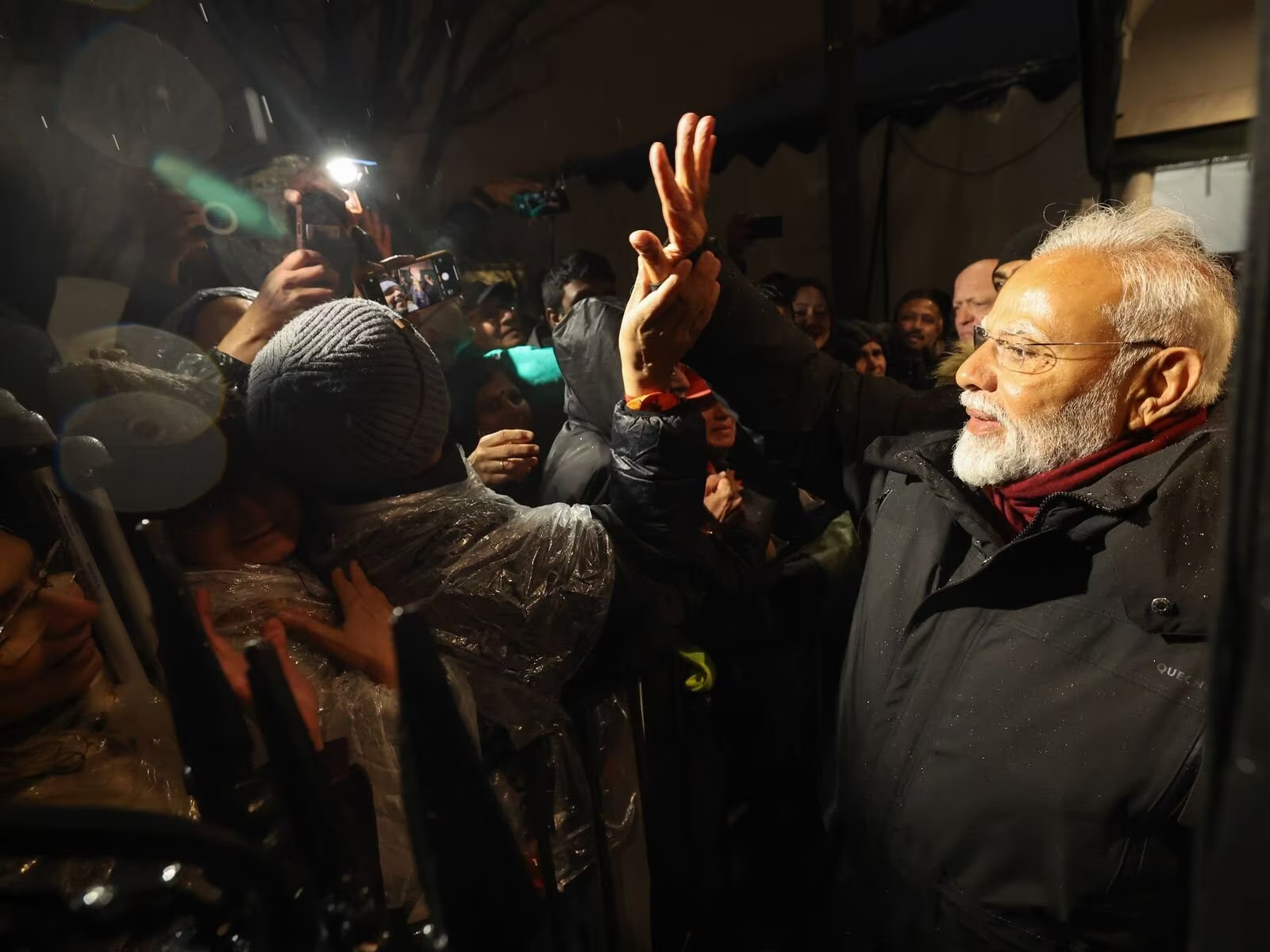
Tulsi Gabbard Appointed as US Director of National Intelligence
Tulsi Gabbard has officially taken charge as the Director of National Intelligence (DNI) after securing a narrow 52-48 Senate confirmation. Endorsed by President Donald Trump, she now leads the United States Intelligence Community (IC), overseeing 18 intelligence agencies and coordinating national security efforts.
At 43 years old, Gabbard brings a distinguished military background, having served over two decades in the Army Reserve, including deployment to Iraq as a combat veteran. As the principal intelligence advisor to the President, her role involves ensuring seamless collaboration among agencies like the Central Intelligence Agency (CIA), National Security Agency (NSA), and Federal Bureau of Investigation (FBI).
With an evolving threat landscape that includes espionage, cyberattacks, terrorism, and geopolitical instability, Gabbard’s leadership comes at a critical juncture for US intelligence operations.
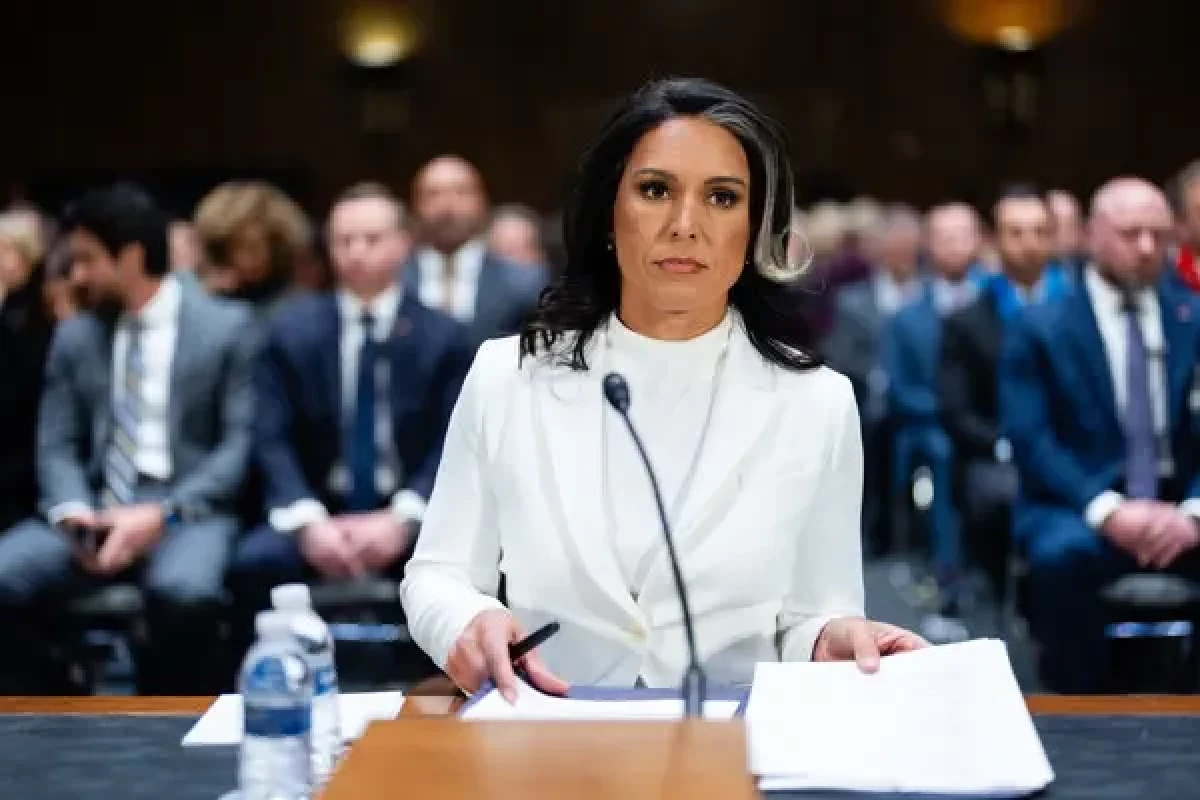
Understanding the US Intelligence Community (IC)
The US Intelligence Community functions under the Office of the Director of National Intelligence (ODNI) and is responsible for gathering, analyzing, and disseminating intelligence to safeguard national security. It was formally established in 2004, following the 9/11 attacks, to improve coordination and prevent intelligence failures.
Here’s a closer look at the 18 intelligence agencies that form the US Intelligence Community:
1. Office of the Director of National Intelligence (ODNI)
-
Coordinates the entire intelligence network.
-
Ensures smooth information-sharing across agencies.
-
Established post-9/11 to enhance collaboration.
2. Central Intelligence Agency (CIA)
-
Specializes in foreign intelligence and covert operations.
-
Conducts HUMINT (human intelligence) and cyber intelligence.
-
Reports directly to the President and ODNI.
3. National Security Agency (NSA)
-
Focuses on signals intelligence (SIGINT) and cybersecurity.
-
Monitors electronic communications to detect threats.
-
Plays a major role in decrypting foreign communications.
4. Defense Intelligence Agency (DIA)
-
Specializes in military intelligence.
-
Assesses foreign armed forces’ capabilities.
-
Supports combat operations and strategic planning.
5. National Geospatial-Intelligence Agency (NGA)
-
Handles geospatial intelligence (GEOINT).
-
Uses satellite imagery and terrain analysis for military missions.
-
Supports disaster response and national security.
6. National Reconnaissance Office (NRO)
-
Operates the US spy satellite program.
-
Monitors nuclear threats and military movements.
-
Provides real-time intelligence.
7. Federal Bureau of Investigation (FBI) – Intelligence Branch
-
Handles domestic counterterrorism and counterintelligence.
-
Investigates espionage and organized crime.
-
Collaborates with other agencies for homeland security.
8. Department of State – Bureau of Intelligence and Research (INR)
-
Provides intelligence to US diplomats.
-
Monitors global political affairs.
9. Department of Homeland Security – Office of Intelligence and Analysis (DHS I&A)
-
Focuses on border security and counterterrorism.
-
Assesses domestic threats.
-
Works with state and local law enforcement.
10. Drug Enforcement Administration (DEA) – Office of National Security Intelligence
-
Tracks international drug trafficking.
-
Investigates links between drug networks and terrorism.
11. Department of the Treasury – Office of Intelligence and Analysis
-
Monitors financial transactions linked to national security threats.
-
Tracks money laundering and terrorist financing.
12. Department of Energy – Office of Intelligence and Counterintelligence
-
Secures nuclear technology.
-
Monitors global nuclear proliferation threats.
13. US Army Intelligence and Security Command (INSCOM)
-
Provides battlefield intelligence and electronic warfare support.
-
Crucial in military planning.
14. US Navy – Office of Naval Intelligence (ONI)
-
Monitors foreign naval activities.
-
Supports maritime security.
15. US Air Force – Air Force Intelligence, Surveillance, and Reconnaissance (AF ISR)
-
Conducts aerial reconnaissance and cyber warfare.
-
Operates advanced drones and satellites.
16. US Marine Corps – Marine Corps Intelligence Activity (MCIA)
-
Provides tactical intelligence to Marine Corps missions.
-
Specializes in expeditionary and amphibious warfare.
17. US Space Force – Space Operations Command (SpOC) Intelligence
-
Monitors space-based threats.
-
Secures satellite networks and missile detection systems.
18. US Coast Guard – Coast Guard Intelligence (CGI)
-
Focuses on maritime security and border protection.
-
Works to counter drug trafficking and illegal activities.
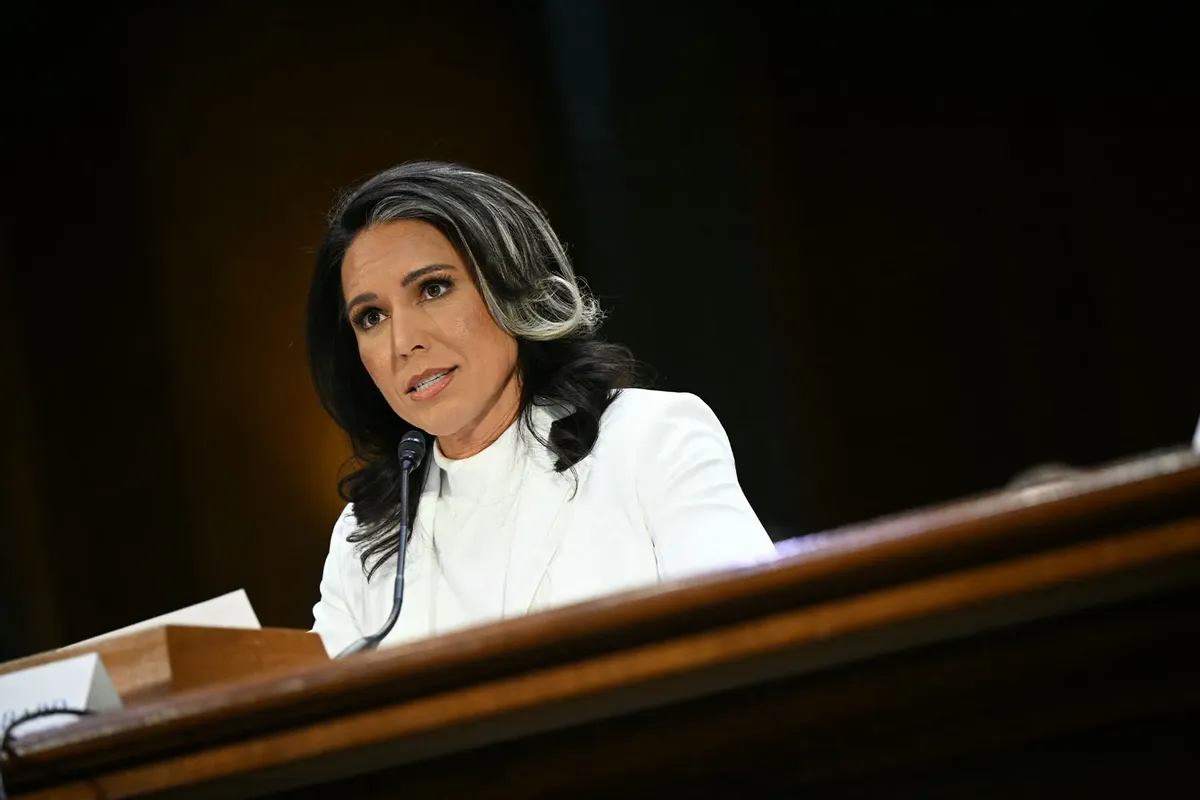
The Five Eyes Alliance: A Key Intelligence Partnership
The Five Eyes Alliance (FVEY) is a strategic intelligence-sharing network comprising five key nations:
-
United States
-
United Kingdom
-
Canada
-
Australia
-
New Zealand
Key Functions of the Five Eyes Alliance:
-
Global surveillance and intelligence sharing.
-
Monitoring foreign threats through electronic and signals intelligence.
-
Counterterrorism coordination.
-
Cybersecurity efforts against adversaries.
The Five Eyes have long been at the forefront of intelligence collaboration, providing a unified security front against global threats, including espionage, cyberattacks, and terrorism.
Challenges Facing the Alliance
-
Data privacy concerns: Critics argue that mass surveillance programs may infringe on civil liberties.
-
Geopolitical tensions: As tensions with China and Russia rise, the alliance’s role becomes increasingly crucial.
-
Technological evolution: The rise of artificial intelligence (AI) and cyber warfare poses new challenges.
As Tulsi Gabbard steps into her role as the Director of National Intelligence, she faces the daunting task of navigating an increasingly complex global security landscape. With intelligence agencies tackling threats ranging from cybersecurity breaches to counterterrorism efforts, the need for seamless coordination has never been greater.
PM Modi’s meeting with Tulsi Gabbard symbolizes the growing strategic cooperation between India and the US. With discussions spanning intelligence, cybersecurity, and regional security, the visit is expected to pave the way for a stronger alliance between the two democracies.
As global challenges evolve, the deepening India-US partnership is poised to play a crucial role in ensuring peace, security, and prosperity on a global scale.
With inputs from agencies
Image Source: Multiple agencies
© Copyright 2024. All Rights Reserved Powered by Vygr Media.

